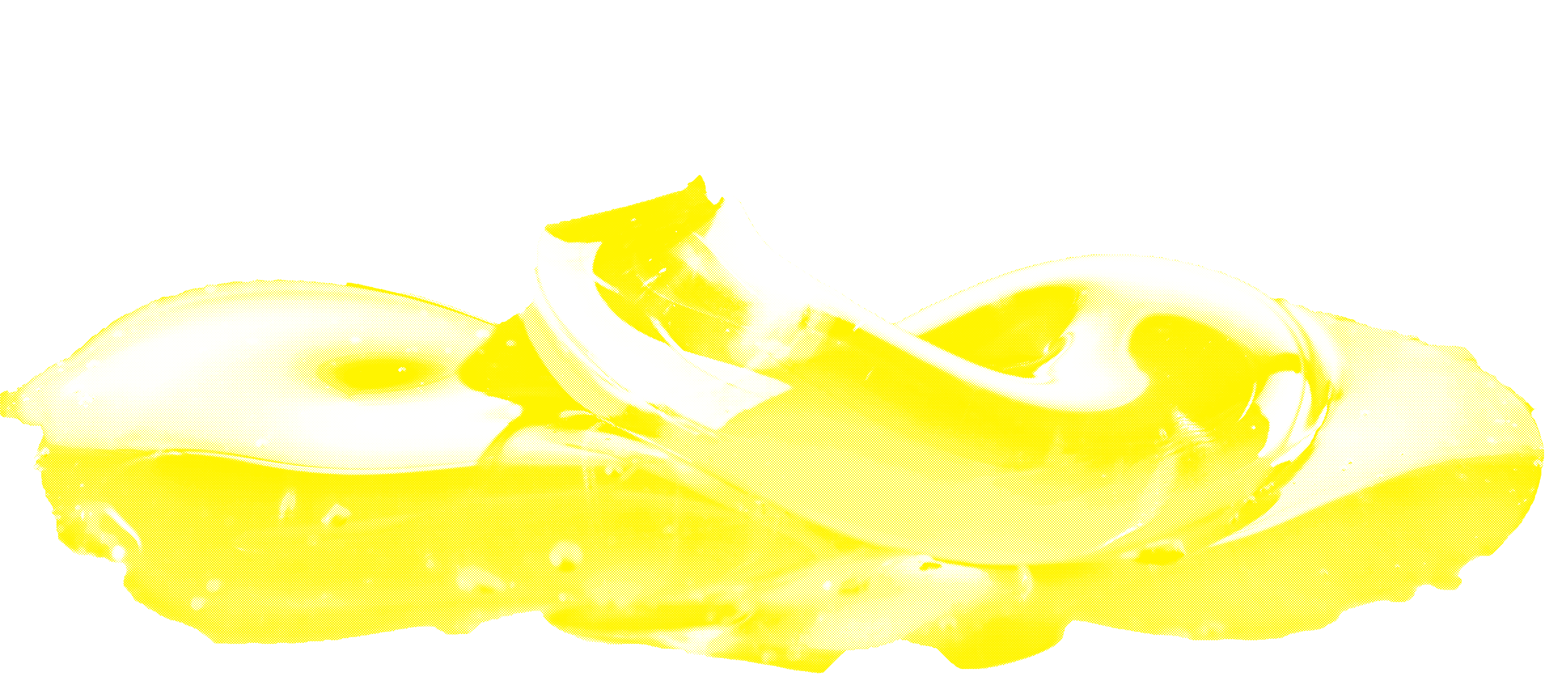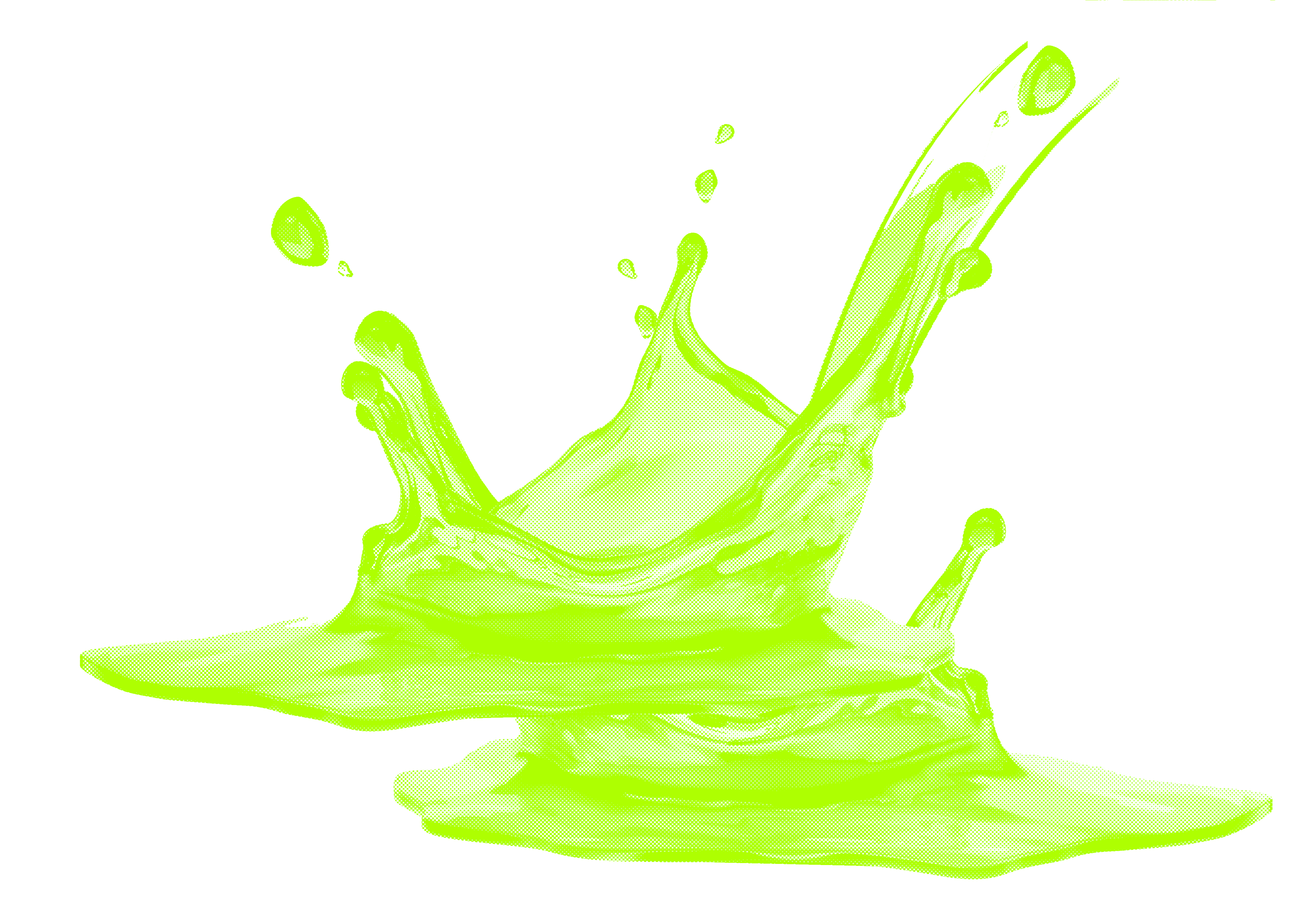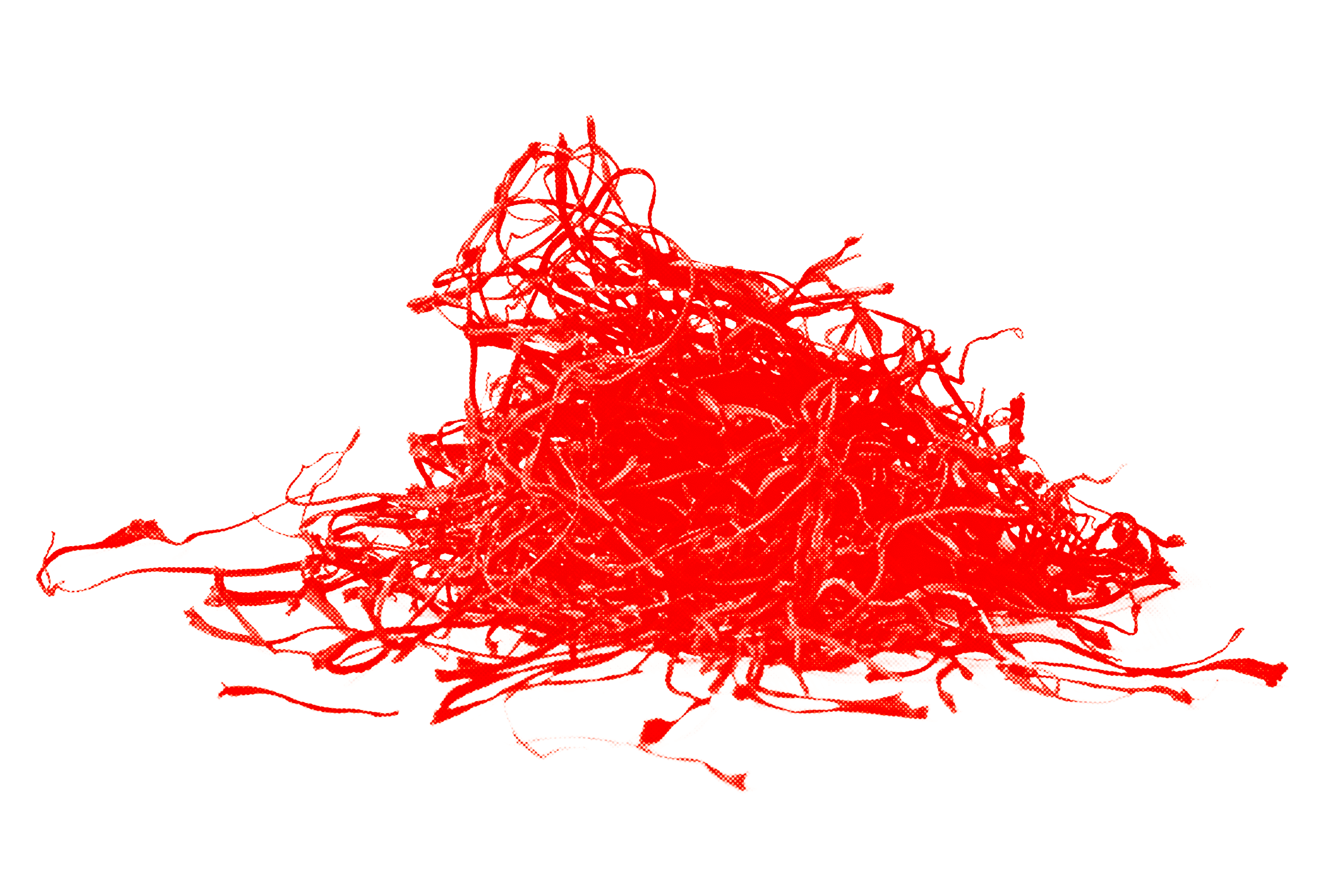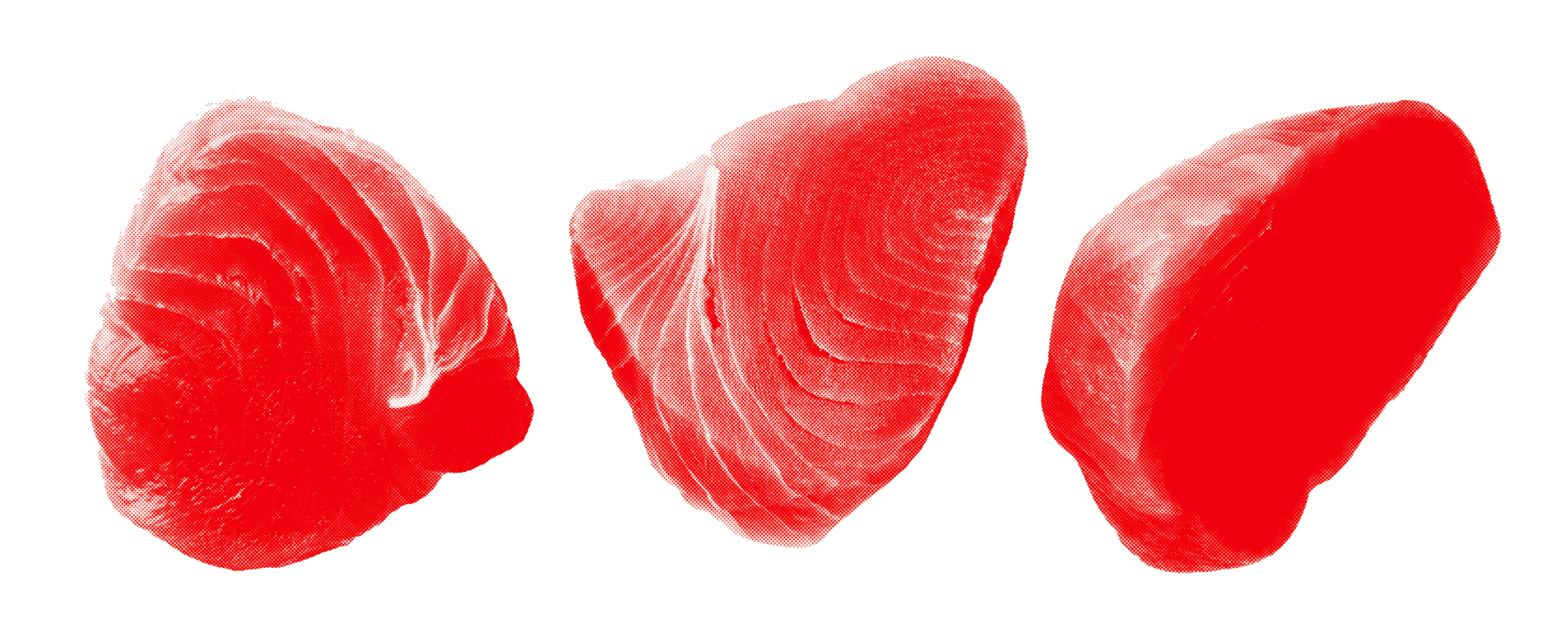WHAT IS IN OUR OLIVE OIL
Olive oil is the oil obtained
from olive fruit after appropriate processing. The nutritional value and health benefits
of olive oil make it a valuable commodity and consequently it is sold at a high price on the market.
Increasing prices and relatively low consumer capabilities to detect inauthentic olive oil create an appealing
crime opportunity for fraudsters (Food Standards Agency, 2016). Its liquid state also permits easy blending and mixing w
ith inferior or cheaper oils (NSF, 2014). Therefore, olive oil is considered as one of the most frequently reported fraudulent
commodities based on the three global food fraud databases from 2008 to 2013 (Weesepoel and van Ruth, 2015). Obviously, olive oil fraud is
not a new threat as its adulteration has been reported since earlier years. In Morocco, olive oil was adulterated with lubricating oil used in
jet engines, which left 10,000 people ill (Travers, 1962). While in 1981, over 20,000 people were poisoned from toxic oil syndrome that resulted
from the sale of denatured rapeseed oil labelled as olive oil in Spain (Lipp, 2012; Mueller, 2011). These olive oil fraud incidents have resulted
in actual public health risks. Extra virgin olive oil (EVOO), as the premium quality olive oil, is
particularly susceptible to be adulterated with cheaper vegetable oils (Jabeur et al., 2014), or lower quality olive oils
(Karbasian, Givianrad, and Ramezan, 2015). Moreover, Forbes stressed that probably 80 percent of the Italian EVOO on the market is fraudulent
commodities (Rodriguez, 2016).







